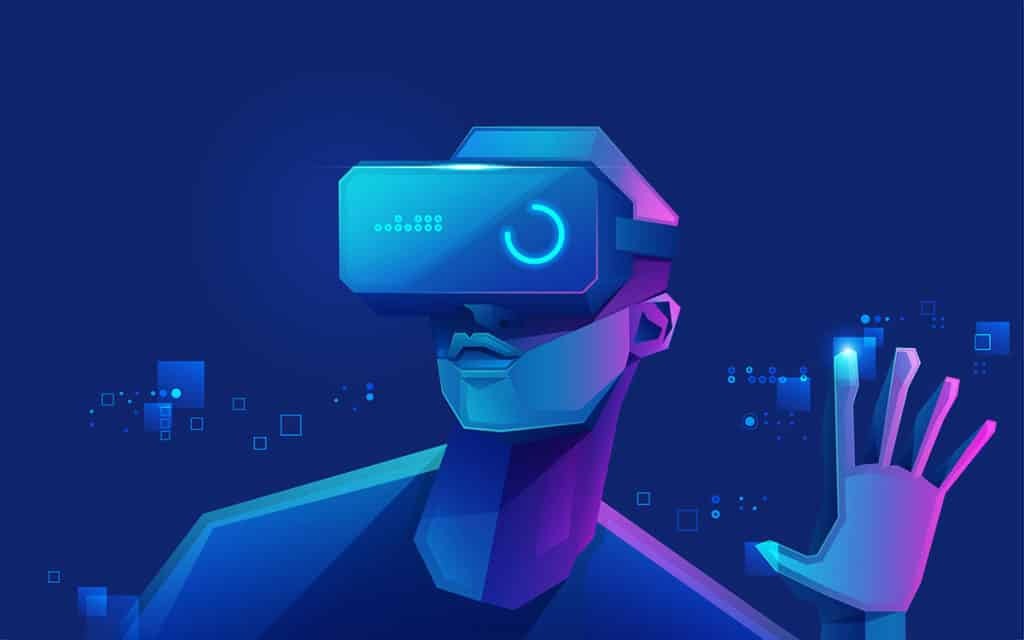Virtual Reality (VR) technology has come a long way since its inception, and its applications now extend far beyond the realm of gaming. While gaming remains a significant driver of VR innovation, various industries are harnessing the potential of VR to revolutionize processes, enhance training, and improve user experiences. In this article, we will explore the expert insights into the advancements in virtual reality and how it is transcending gaming to make a significant impact across diverse sectors.
The Evolution of VR Hardware
More Immersive Headsets
VR headset technology has evolved rapidly, offering users increasingly immersive experiences. High-resolution displays, wider fields of view, and improved tracking systems have made modern VR headsets more convincing and comfortable. These advancements contribute to the adoption of VR in applications requiring high levels of realism, such as virtual tourism and architecture visualization.
Wireless and Portable VR
The introduction of wireless and standalone VR headsets has untethered users from the constraints of wires and external sensors. Devices like the Oculus Quest series have made VR more accessible and portable, expanding its use in education, training, and remote collaboration.
VR in Education and Training
Immersive Learning Environments
VR has the potential to transform education by providing students with immersive learning environments. From exploring historical events to conducting virtual science experiments, VR enables experiential learning that goes beyond traditional textbooks and lectures. It caters to various learning styles and enhances engagement.
Training Simulations
In industries such as healthcare, aviation, and manufacturing, VR is used to create realistic training simulations. Surgeons practice complex procedures, pilots train in flight simulators, and factory workers learn to operate machinery safely—all within a virtual environment. These simulations improve skills, reduce risks, and save costs.
VR in Healthcare
Pain Management
VR has shown promise in pain management and distraction therapy. Patients undergoing medical procedures or physical therapy can use VR to immerse themselves in soothing environments, diverting their attention from pain and discomfort. It offers a drug-free alternative to pain relief.
Diagnostic and Rehabilitation Tools
VR aids in diagnostic procedures by visualizing medical scans in three dimensions. It also supports rehabilitation programs for stroke patients and individuals with physical disabilities by creating interactive exercises and tracking progress.
VR in Architecture and Design
Architectural Visualization
VR is transforming the way architects and designers work. It allows professionals to walk through virtual buildings, experience spatial layouts, and make design decisions with greater accuracy. VR also facilitates client presentations, enabling stakeholders to explore designs before construction begins.
Interior Design
Interior designers use VR to help clients visualize and customize interior spaces. Clients can “walk” through their future homes, experimenting with different materials, colors, and layouts. This interactive experience leads to more informed design choices.
VR in Remote Collaboration
Virtual Meetings and Conferences
VR offers a new dimension to remote collaboration by providing a shared virtual space for meetings and conferences. Participants can interact as avatars in a virtual meeting room, fostering a sense of presence and improving communication.
Cross-Continental Collaboration
Teams distributed across the globe can collaborate seamlessly in VR. Architects, engineers, and designers from different locations can work together on the same project, enhancing productivity and reducing the need for physical travel.
Challenges and Considerations
Despite its tremendous potential, VR faces challenges in terms of affordability, content creation, and accessibility. High-quality VR equipment can still be expensive, limiting widespread adoption. Moreover, creating compelling VR content requires specialized skills and resources.
Accessibility is also a concern, as VR experiences can exclude individuals with certain disabilities. Efforts are ongoing to make VR more inclusive and address these challenges.
Conclusion
Virtual Reality technology has transcended its initial gaming roots to become a transformative force across multiple industries. From education and healthcare to architecture and remote collaboration, VR is enhancing experiences, improving training, and redefining how we interact with digital content.

